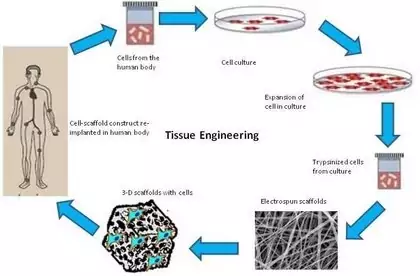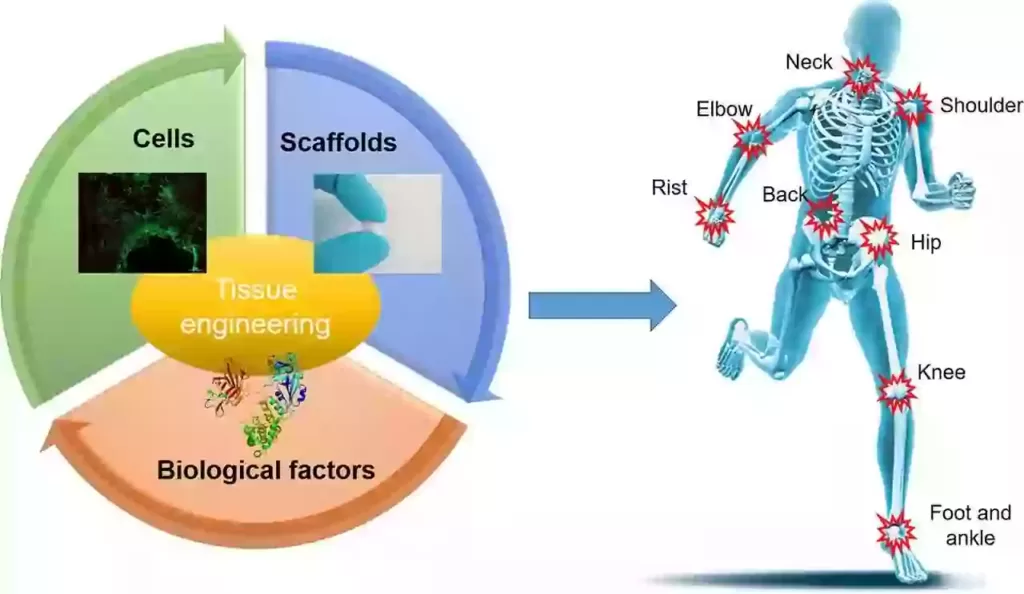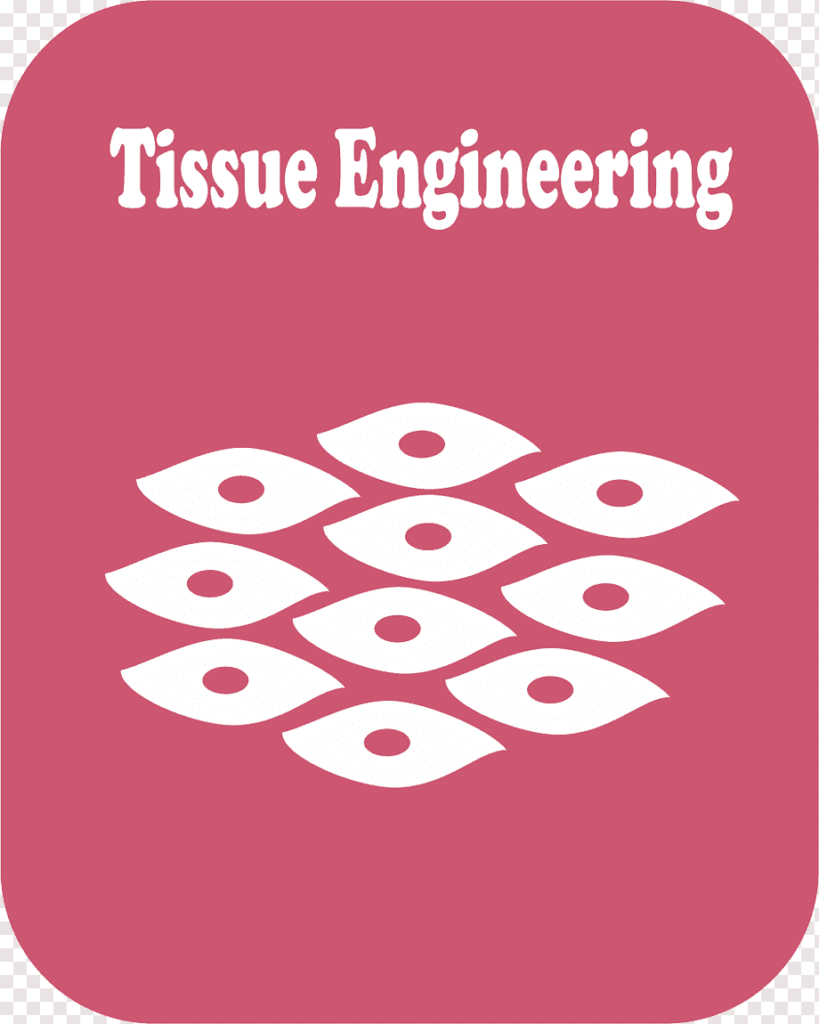Tissue Engineering | Overview of Tissue Engineering 2021
Introduction | Tissue Engineering
Tissue Engineering is a biomedical designing discipline that utilizes a blend of cells, designing, materials strategies, and reasonable biochemical and physicochemical variables to reestablish, keep up with, improve, or supplant various kinds of organic tissues. Tissue Engineering regularly includes the utilization of cells put on tissue frameworks in the development of new suitable tissue for a clinical reason yet isn’t restricted to applications including cells and tissue platforms. While it was once classified as a sub-field of biomaterials, having filled in extension and significance it very well may be considered as a field in its own.
While most meanings of tissue Engineering cover a wide scope of uses, by and by the term is firmly connected with applications that maintenance or supplant bits of or entire tissues. Frequently, the tissues included require certain mechanical and underlying properties for appropriate working. The term has likewise been applied to endeavors to perform explicit biochemical capacities utilizing cells inside a falsely made emotionally supportive network . The term regenerative medication is regularly utilized equivalently with tissue designing, albeit those engaged with regenerative medication place more accentuation on the utilization of undifferentiated organisms or ancestor cells to deliver tissues.

History of Tissue Engineering | Tissue Engineering
Tissue designing is a somewhat new field of medication, with research just beginning during the 1980s. An American bioengineer and researcher named Yuan-Cheng Fung presented a proposition to the National Science Foundation (NSF) for an examination place to be committed to living tissues. Fung took the idea of human tissue and extended it to apply to any living organic entity among cells and organs.
In view of this proposition, the NSF marked the expression “tissue designing” with an end goal to shape another field of logical exploration. This prompted the arrangement of The Tissue Engineering Society (TES), which later turned into the Tissue Engineering and Regenerative Medicine International Society (TERMIS).
TERMIS advances both schooling and examination in the field of tissue designing and regenerative medication. Regenerative medication alludes to a more extensive field that spotlights on both tissue designing just as the capacity of the human body to self-recuperate itself to reestablish ordinary capacity to tissue, organs, and human cells.

Working of Tissue Engineering | Tissue Engineering
The process of tissue Engineering is a confounded one. It includes shaping a 3D practical tissue to help fix, supplant, and recover a tissue or an organ in the body. To do this, cells and biomolecules are joined with platforms.
Platforms are fake or regular constructions that copy genuine organs (like the kidney or liver). The tissue develops on these platforms to copy the natural interaction or design that should be supplanted. When these are developed together, new tissue is designed to reproduce the old tissue’s state when it wasn’t harmed or sick.
| Click out the latest opening in Nokia Click out the latest opening in Myntra Check out the latest opening in Airbus |
Medical Issue
Tissue Engineer isn’t broadly utilized for patient consideration or treatment. There have been a couple of cases which have utilized tissue Engineering in skin unites, ligament fix, little supply routes, and bladders in patients. Nonetheless, tissue-designed bigger organs like the heart, lungs, and liver have not been utilized in patients yet (in spite of the fact that they have been made in labs).
Beside the danger factor of utilizing tissue designing in patients, the methods are amazingly expensive. However tissue designing is useful with regards to clinical exploration, especially when testing new medication plans.
Example of Tissue Engineering | Tissue Engineering
A new examples of tissue Engineering led by the National Institute of Biomedical Imaging and Bioengineering incorporates the designing of a human liver tissue which is then embedded in a mouse. Since the mouse utilizes its own liver, the human liver tissue processes drugs, imitating how people would react to specific meds inside the mouse. This aides specialists see what conceivable medication associations there might be with a specific drug.
With an end goal to have designed tissue with an implicit organization, analysts are trying a printer which would make a vascular-like organization from a sugar arrangement. The arrangement would shape and solidify in the designed tissue until blood is added to the interaction, going through the man-made channels.
At last, the recovering of a patient’s kidneys utilizing the patient’s own phones is another task of the Institute. Analysts utilized cells from giver organs to join with biomolecules and a collagen platform (from the benefactor organ) to develop new kidney tissue.

